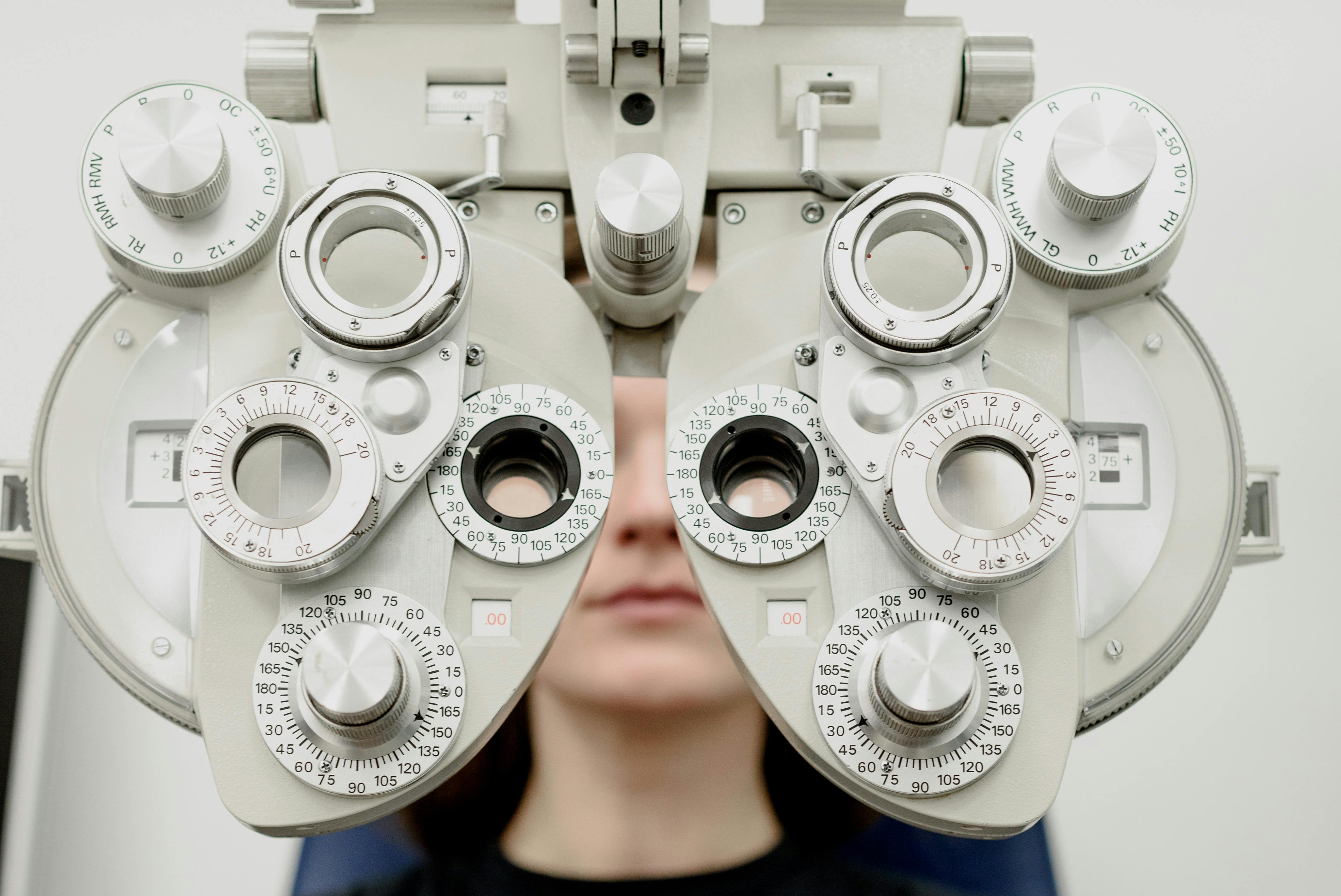How Does a Distillation Apparatus Work?
A distillation apparatus is a device used to separate liquids from one another based on their different boiling points. This is achieved by heating the mixture in a vessel until the components with lower boiling points vaporize and then condensing the vapors back into liquid form. The distillation apparatus contains a number of components that work together to accomplish this process. Generally, these components include a heating source, a container to hold the mixture, and a condenser.The heating source is typically an electric hot plate or Bunsen burner, which must be powerful enough to boil the mixture without causing it to evaporate too quickly. The container is typically made of glass or metal, depending on what types of chemicals are being distilled. It should be able to withstand high temperatures and pressures without breaking or leaking. A condenser is also necessary to turn the vapor back into liquid form. This can be done using either an air-cooled or water-cooled condenser, depending on the type of distillation being performed.Once the apparatus is set up, the heating source is turned on and the mixture placed in the container. AsTypes of Distillation Apparatus
Distillation is a process used to separate mixtures of liquids based on their different boiling points. It involves heating a mixture of liquids to a temperature higher than the boiling point of the desired liquid, collecting the vapor produced, and condensing it back into liquid form. To carry out this process, several types of distillation apparatus can be used. These include simple distillations, fractional distillations, vacuum distillations, steam distillations and steam-stripping distillations.Simple distillation is the most basic type of distillation and involves heating the mixture until one component vaporizes more readily than the other components. The vapor is then collected in a separate container and cooled back into liquid form. This type of distillation is used for separating liquids that have at least a 50°C difference in their boiling points.
Fractional distillation is similar to simple distillation but uses a fractionating column between the heating source and collection vessel. This column creates several equilibrium stages within the system, allowing for greater separation between components with close boiling points. Fractional distill
How Does the Design of a Distillation Column Relate to the Function of Distillation Apparatus?
The efficiency of a distillation apparatus hinges on effective separation, directly influenced by distillation column design principles. These principles ensure optimal vapor-liquid contact, enhancing the separation process. By integrating proper height, diameter, and internal structures, the design significantly impacts purity and yield, demonstrating how design intertwines with functionality in distillation.
Components of a Distillation Apparatus
A distillation apparatus typically consists of a container, heating element, thermometer, condenser, and receiver. The container is usually made of glass or metal and holds the material that will be distilled. It is connected to the heating element, which can be an electric heating element or a flame. The thermometer is connected to the container to measure the temperature of the material. The condenser is attached to the top of the container and functions to cool the vapor produced in the distillation process. The cooled vapor then flows through tubing into a receiver where it gets collected for later use.The receiver can be a flask or any other container that will hold the vaporized material. In some cases, a cooling bath may be used to further cool down the vapor before it reaches the receiver flask. This setup helps ensure that only pure vapors are collected in the receiver flask and no liquid remains in there after distillation is complete. Additionally, various types of distillations require different types of components for their setup, such as reflux condensers or fractional columns for fractional distillation.
Variants of the Distillation Apparatus
Distillation is a process used to separate liquids from solids or two or more liquids with different boiling points. The distillation apparatus is an essential tool for performing distillation. It typically consists of a vessel with a condenser, a thermometer, and sometimes even a fractionating column. There are several variants of the distillation apparatus available in the market.The simplest version is the Kjeldahl distillation apparatus. This apparatus has just one vessel and can be used to perform simple distillations such as boiling point determination or simple separation processes. Other variants have additional components like an absorption column, which is used to separate volatile organic compounds, or a fractionating column that can be used for more complicated separations. The Graham condenser is another type of distillation apparatus that has an additional tube called an “air-cooled” condenser attached to it. This type of condenser is particularly useful for separating volatile compounds from non-volatile ones since it provides more efficient cooling than other types of condensers.Finally, there are also automated distillation apparatuses that
Advantages of Using a Distillation Apparatus
Distillation apparatus are essential for many laboratory and industrial operations. They provide a means of separating solvents, compounds, and other mixtures into their individual components. Distillation apparatus offer several advantages for separating these substances, including increased precision, reduced costs, and improved safety.The most important advantage of using a distillation apparatus is the increased precision it offers. By controlling the temperature of the mixture, it is possible to accurately separate the individual components in a more efficient manner than other traditional methods. This makes it possible to achieve higher levels of purity when dealing with delicate or hazardous materials.
Another benefit of using a distillation apparatus is the cost savings it can provide. By reducing the time required to separate compounds and solvents, it can significantly reduce operational costs in both laboratory and industrial applications. Additionally, distillation apparatus can be designed to be portable or automated depending on specific requirements. This makes them suitable for use in many different scenarios.
Finally, distillation apparatus offer improved safety over other methods of separation due to
Advantages of Using a Distillation Apparatus
Distillation is a process used to separate components in a liquid mixture by taking advantage of the different boiling points of the components. A distillation apparatus is a set of components that are used to facilitate the process of distillation. The main advantage of using a distillation apparatus is that it allows for more efficient separation of components in a mixture. This is because it provides an enclosed environment where temperature and pressure can be controlled, which allows the vaporization and condensation steps to occur more quickly and efficiently. Additionally, by using this apparatus, larger volumes can be distilled in less time than if done manually. Furthermore, this equipment allows for more precise separation since the temperatures can be accurately regulated and monitored throughout the process.Disadvantages of Using a Distillation Apparatus
Although there are many advantages to using a distillation apparatus, there are also some disadvantages associated with its use. For one, these apparatuses require significant setup time as well as knowledge and skill to properly use them. Additionally, they tend to be more expensive than manual distillation methods, soUses of a Distillation Apparatus
Distillation apparatus are used to separate the components of a mixture. This is done by heating the mixture until the desired components boil off and are then collected in their respective containers. The distillation apparatus can be used for a variety of purposes, such as purifying water, removing alcohol from wine, and separating oil from water. It can also be used to produce essential oils, perfumes, and flavorings. Distillation apparatus can also be used to create chemical mixtures, such as antifreeze or rubbing alcohol.The distillation process typically involves two parts: vaporization and condensation. First, the mixture is heated until the desired component boils off and creates vapor. The vapor is then cooled and condensed back into liquid form, which is collected in its respective container. This process makes it possible to separate components that have different boiling points without changing their chemical composition.
Distillation apparatus can also be used to purify liquids by removing unwanted particles or contaminants that are not soluble in water or other solvents. In addition, these apparatus can be used to remove

Conclusion
Distillation apparatus is a highly efficient tool used to separate compounds in a liquid mixture. It is an important part of the research process for many academic and industrial laboratories, and is used to create highly pure samples of chemicals or other compounds for use in experiments. Distillation apparatus can also be used to purify water or produce fuel, such as ethanol. The choice of distillation apparatus depends on the intended purpose, but all involve heating the liquid mixture and collecting the condensate in a separate container.In conclusion, distillation apparatus is an essential tool for many industries, providing a way to separate mixtures into their component parts. It does this by using heat to evaporate one component at a time, allowing it to be collected separately from any other substances present in the original mixture. With its versatility and precision, distillation apparatus can be used for everything from separating compounds in a laboratory setting to creating fuel or purifying water.

